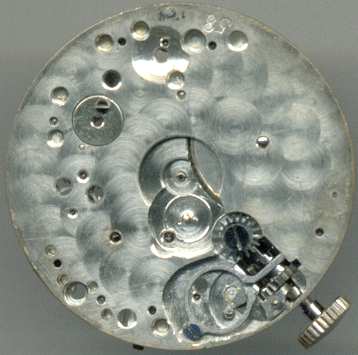
A 1927 wristwatch made for golf players. This silver case watch has a front cover that is finished like a golf ball. The back is finished the same way. The pusher between 4 and 5 o'clock opens the cover. The construction is similar to pocket watches. Many wristwatches derived from pocket models until the '40s. We show it more for the aesthetic appeal, than for the technical characteristics
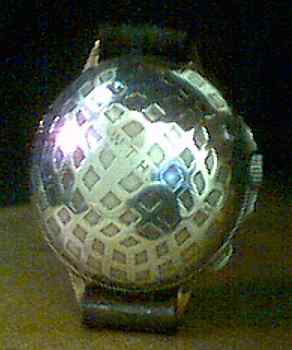
The leather band is permanently fixed to the case, as is often seen on pocket watches adapted to be used as wrist models:
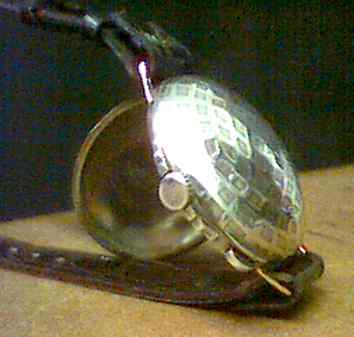 --
-- 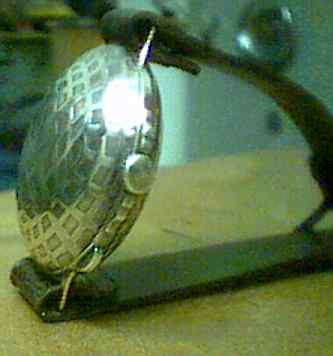
The cover hinge and the opening device can be seen in these pictures:
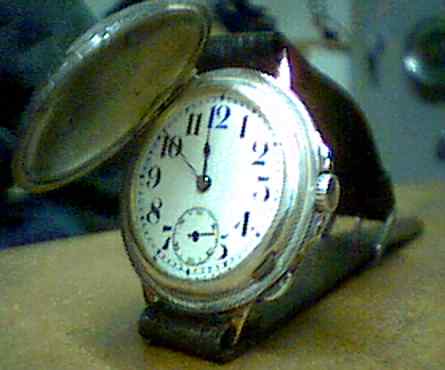 --
-- 
Lady's watch with LeCoultre Duoplan movement. The mechanical movement is incredibly small. You have to scroll the page to be able to see the dial!
 --
-- 
More than 70 years from its birth, the Jaeger-LeCoultre 101 caliber is still the smallest mechanical movement all over the world. It is 0.551'' long, 0.191'' wide, 0.134'' thick and weights less than a 0.035 ounces. You can see all of its 98 parts in this famous drawing by J. Deleskiewicz.
Click on the picture to see an enlarged view.
This Mappin is one of the first true wristwatches ever made. It dates back to 1916 and comes from England. The British soldiers quite often wore this kind of timekeeper. It has a Longines 13''' movement. Usually, these watches used a 13.34 caliber, but this one has a slightly older type of Longines movement, very similar to the 13.34, indeed, but not exactly the same. The plates are not signed with the caliber number.

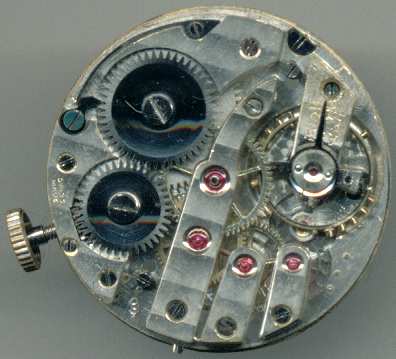 --
-- 